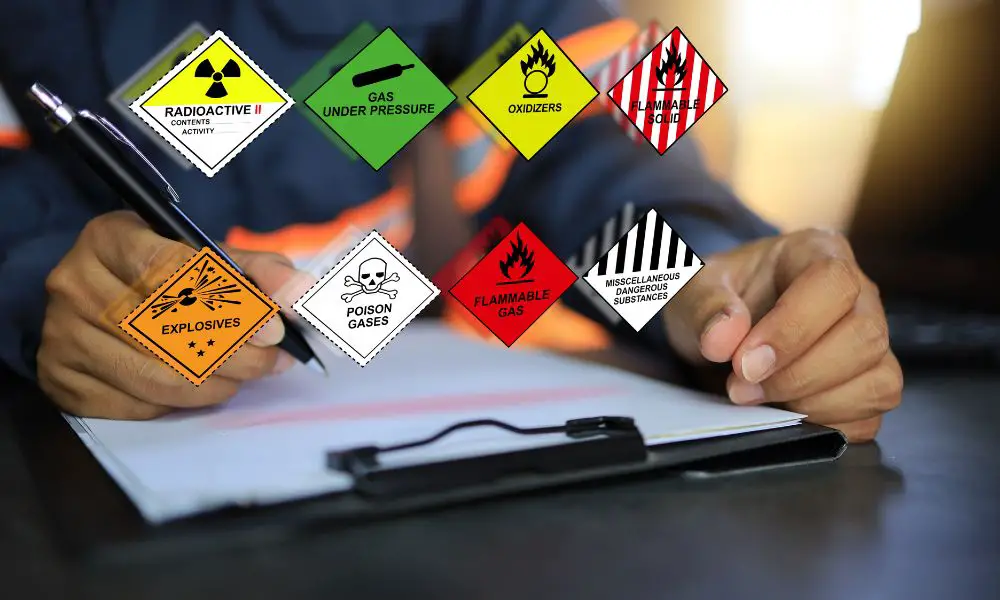

Shipping hazardous materials poses significant challenges and requires strict adherence to regulations to ensure safety and compliance. Whether it’s chemicals, biohazard materials, or flammable substances, handling and transporting these materials incorrectly can lead to serious consequences, including environmental disasters, public health crises, and legal repercussions.
Let’s look at common mistakes when shipping hazardous materials to understand the potential risks and how to avoid them.
One of the most common mistakes when shipping hazardous materials is not properly training employees involved in the process. Educating all personnel handling hazardous materials on the proper procedures and regulatory requirements is essential. Additionally, employees should know appropriate safety measures in case of spills or accidents during transportation. Lack of training can lead to mishandling of hazardous materials and increase the risk of accidents, putting employees and the public at risk.
Another common mistake in shipping hazardous materials is using incorrect packaging. Hazardous materials must have the correct packaging that accounts for their specific properties and potential hazards. For example, you should store corruptive substances in containers that can withstand their corrosive properties. Flammable materials require special packaging to prevent accidental ignition. Failure to use proper packaging can lead to spills or leaks during transportation, resulting in dangerous situations for the carriers and other individuals exposed to the materials.
Proper labeling and documentation are crucial when shipping hazardous materials. Each package containing hazardous materials must have the appropriate labels and markings to indicate the type of material, potential hazards, and necessary precautions. Additionally, all relevant documents, such as safety data sheets (SDS), must be readily available for carriers and emergency responders in case of an accident. Inadequate labeling and documentation can lead to confusion or mishandling of hazardous materials, increasing the risk of accidents and noncompliance with regulations.
Shipping hazardous materials involves adhering to the strict regulations of various governing bodies, such as the Department of Transportation (DOT) and the International Air Transport Association (IATA). These regulations specify the proper handling, packaging, labeling, and documentation requirements for hazardous materials. Ignoring or not following these regulations can result in fines, legal consequences, and, most importantly, safety hazards. It’s crucial to stay updated on the current regulations and ensure compliance to minimize the risk of accidents and penalties.
Hazardous materials require proper handling during transportation to prevent spills or leaks that can lead to accidents. This step includes securing packages correctly, using appropriate loading techniques, and following specific transportation requirements for different hazardous materials. Understanding the importance of ventilation in hazardous chemical storage or using the right equipment to handle biohazard materials is essential for proper handling. Neglecting these crucial steps can result in hazardous material exposure and accidents.
Avoiding the common mistakes when shipping hazardous materials demands diligence, expertise, and unwavering adherence to established safety protocols and regulations. The common mistakes mentioned above are just a few examples of the potential risks of handling hazardous materials. You can mitigate these risks and ensure the safe shipment of hazardous materials.
Burnout isn’t just something that happens to CEOs. For moms homeschooling littles, it’s a very…
When it comes to long-distance motorcycling, comfort, reliability, and smart engineering can make or break…
Flowers have seen significant transformation over time; online flower shopping is increasingly common now for…
Learn essential first-time landlord tips for success, from tenant screening to property maintenance. These strategies…
Every business will produce some form of waste. The real task isn’t preventing waste entirely—it’s…
Custom tailors can create unique garments that complement every inch of your body, and it’s…